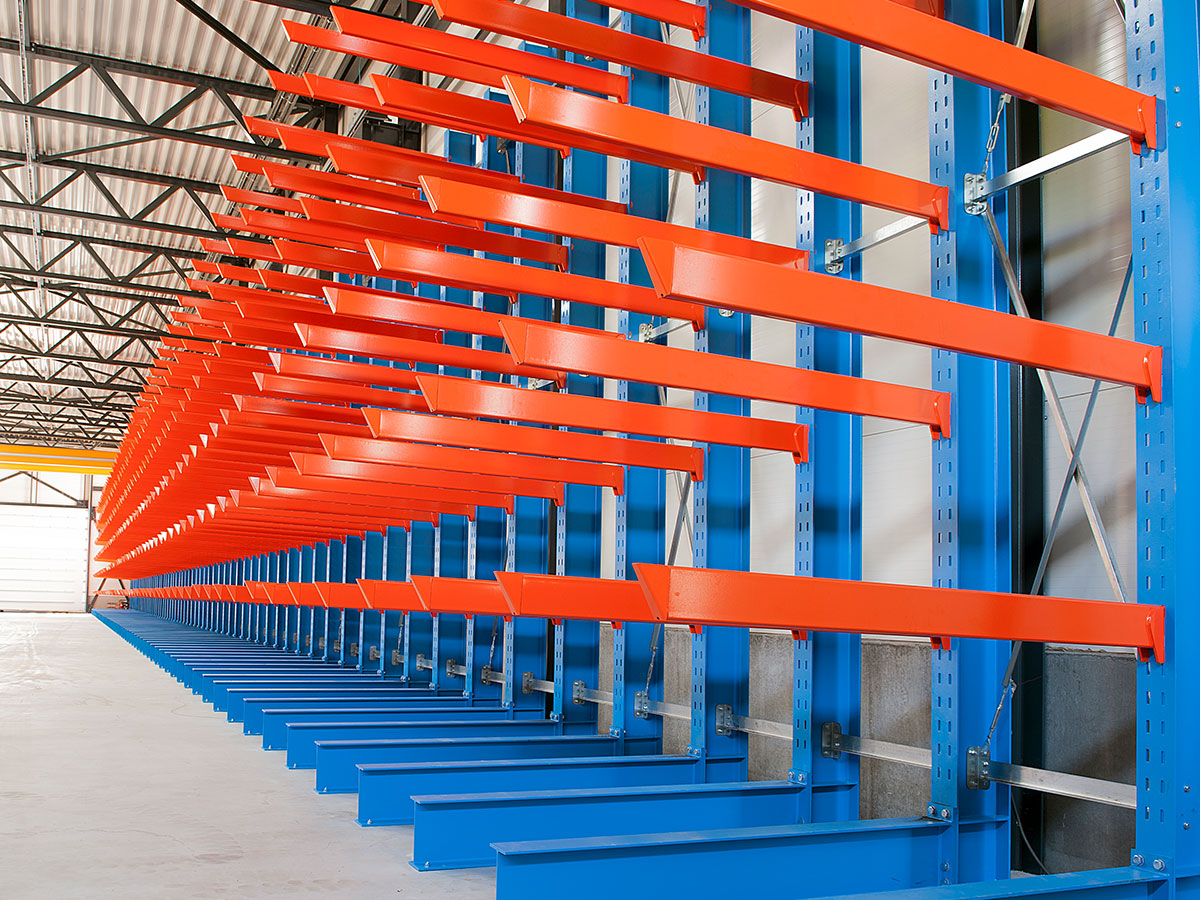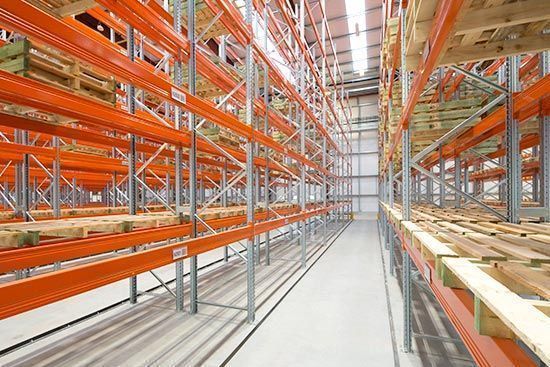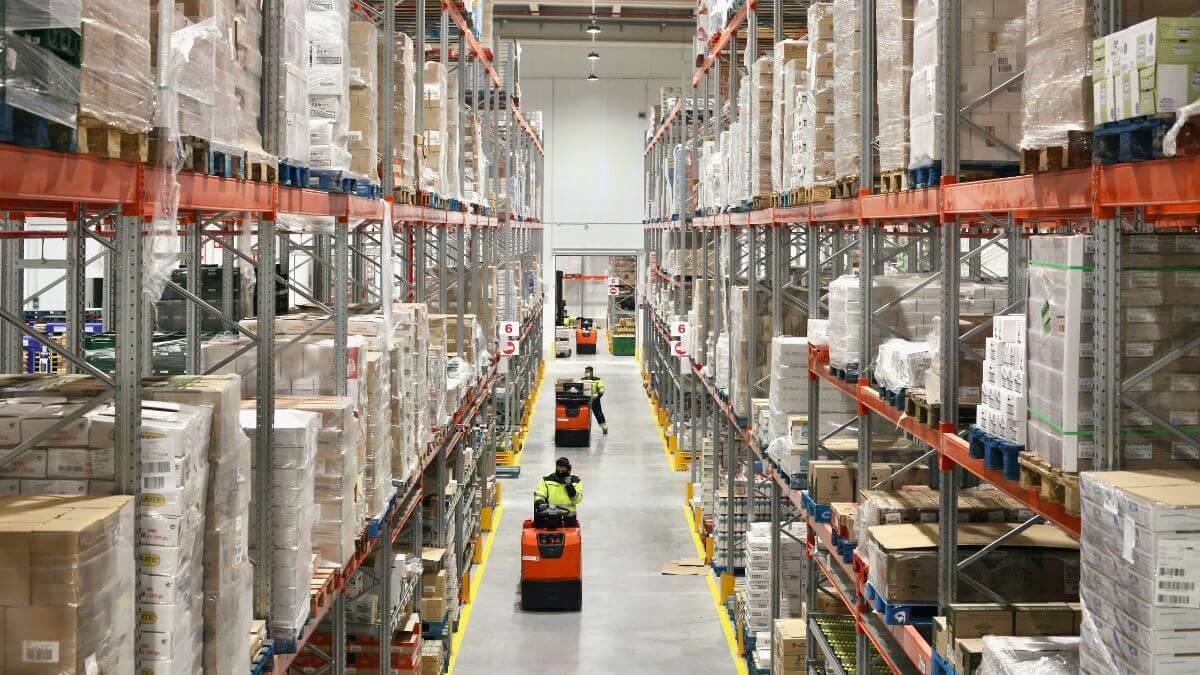When a customer places an order with a company, it must be able to ship the order within a given time frame and under certain conditions, which is why fulfilling delivery promises is essential for a company.
Given this need, the OTIF indicator is important in logistics. We analyse what it consists of, how to calculate it and its advantages.
What is OTIF?
OTIF (On Time In Full), represents a crucial performance indicator in supply chain management. This indicator evaluates a supplier's ability to meet its delivery commitments, ensuring that requested products are sent in the required quantity, within the agreed time frame and to the correct destination.
The OTIF indicator is being increasingly used by companies to evaluate their logistics performance. Its popularity is mainly due to the fact that it only considers orders that meet two key conditions: correct completion and on-time delivery. This provides a comprehensive view of the quality of the logistics service offered by the company.
The OTIF metric was originally created to optimise Walmart’s operations both in physical stores and in its online sales channels. This metric penalised deliveries that arrived earlier or later than expected.
This rigour was due to the fact that the entry of online sales channels forced Walmart to readjust its delivery strategy. They went from a four-day delivery window in 2016, to two days in 2017, and finally to same-day deliveries from 2018. These new conditions led Walmart to demand complete and timely deliveries from its suppliers to maintain its competitiveness, since any delay could affect its relationship with end customers. In September 2020, Walmart established a requirement that its suppliers meet 98% OTIF compliance to avoid penalties.

How is the OTIF indicator calculated?
The OTIF logistics metric considers four main variables:
- That the order contains the requested items.
- That the order includes the required quantity of product.
- That the order is delivered at the agreed time.
- That the order is sent to the correct location.
The formula is as follows:
OTIF (%) = (On Time in Full Orders / Total number of deliveries) x 100
In its most basic form, “On Time” (OT) simply checks whether outgoing orders have arrived on time. The “In Full” (IF) part evaluates whether the correct volume has been received. By measuring both components together, we obtain an indicator of the level of customer satisfaction, provided the orders arrive at their destination in good condition.
Advantages of applying the OTIF metric
The OTIF metric is a tool that provides accurate information about a company's logistics performance. It allows you to periodically know the percentage of deliveries made on time and under the pre-agreed conditions with the customer. This provides a clear view of the effectiveness of logistics operations and helps identify areas for improvement to ensure customer satisfaction.
If it works correctly and manages to monitor and increase the percentage of compliance with the OTIF metric, the company obtains various benefits:
- Improved customer satisfaction: meeting delivery times and agreed conditions boosts customer confidence and improves their experience.
- Operational efficiency: identifying and correcting differences in the logistics process increases efficiency and reduces downtime, resulting in a smoother and more profitable operation.
- Cost reduction: by minimising delivery delays and errors, costs associated with returns, reshipments, and loss of customers due to a poor experience are reduced.
- Improved inventory management: timely and complete delivery helps maintain a more accurate inventory and avoids an accumulation of unsold inventory.
- Competitiveness: maintaining high compliance standards enhances the company's reputation in the market and positions it as a reliable and competitive partner for customers and business partners.
How can the OTIF metric be improved in the supply chain?
There are several simple steps companies can take to improve their OTIF indicators.
Order processing capacity is one of the most critical aspects of improving these metrics. This involves the ability to receive, process and fulfil customer orders efficiently and completely, within the set deadlines.
It is important for companies to keep their order processing systems up to date and capable of handling high volumes of requests.
Logistics capabilities are also essential, involving the company's ability to efficiently ship goods from one point to another. This covers inventory management, selection of warehouses and distribution centres, order control, etc. Also, having reliable communication systems is essential to keep customers informed of their order status.
It is important that companies are dedicated to providing the best possible experience to their customers. This means maintaining fast response times, offering flexible solutions, being proactive in problem solving, and continually striving to exceed customer expectations.
By following these steps, companies can significantly improve their OTIF scores and, therefore, positively impact their bottom line.

OTIF, efficiency in logistics
A high OTIF rate reflects an efficient and competitive logistics service, since customer satisfaction increases when orders are delivered according to the established conditions and within the agreed time. For this reason, more and more companies use this metric not only to evaluate their own logistics efficiency, but also that of their suppliers.
However, in an omnichannel commerce environment, manual order management hinders the success of the OTIF metric. In these cases, implementing warehouse management software can make the difference, since it automates goods management, ensures product traceability and guarantees inventory control.
At AR Racking we can maximise the profitability of your warehouse in various sectors. Contact us and our team of experts will advise you on the best storage system to optimise your company’s supply chain.













